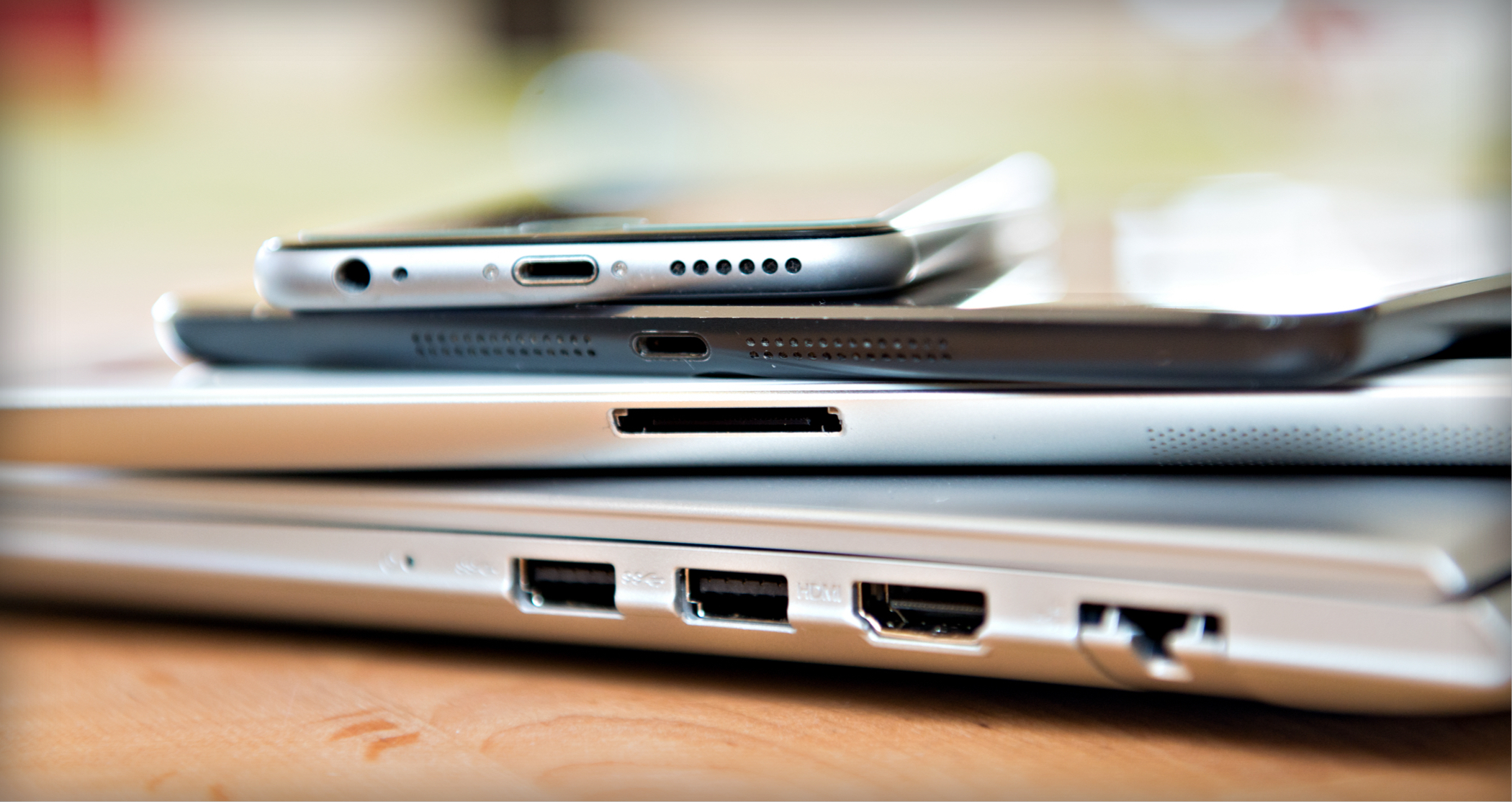What is Enterprise Mobility Management (EMM)?
Maximizing Productivity with EMM
EMM enables organizations to connect their employees to the information they need while protecting data, applications, and networks. It improves the way companies support and manage mobile productivity for a deskless workforce, which requires complete access to digital tools while in the field.
The consumerization of the employee experience has increased the expectations of mobile workers, who want the same level of user-friendly, personalized interactions with work technologies as they do outside of business hours. If you enable proper EMM to allow deskless workers to safely use their own devices for business-related tasks, your employees will be more engaged, satisfied, and productive.
They’ll also be empowered to instantly and securely capture and access key data in the field, eliminating the extra step of manually entering information into a system when they return to the office. That kind of seamless, digital data collection increases accuracy and efficiency and reduces the administrative load for mobile workers. Essentially, your deskless workforce will be able to meet your business needs at any time while using the devices to which they’re already accustomed.
EMM can also help employees take advantage of the business-specific productivity apps that connect them to customers and the back office to eliminate bottlenecks in the workflow. And because EMM offers enterprise-level security (regardless of where deskless workers are), organizations can rest easy knowing these apps are secured to protect sensitive company and customer information.
Enterprise Mobility Management and The Deskless Workforce
The deskless workforce continues to grow, as do the technology options to support individual workers. These days, smartphones and tablets have replaced faxes and office lines. Employees who are out and about in the field (rather than sitting at a desk from 9 to 5) use their own mobile devices to update work schedules, communicate, and track progress.
But for organizations who rely on a mobile workforce to deliver products and services, an EMM system alone may not be enough to remain competitive. While enterprise mobility management focuses on providing tools and processes that secure mobile apps, mobile workers still need a way to bring those apps together in one cohesive work environment.
Deskless productivity software offers mobile-first, cloud-based solutions that bring together different essential tools and features in one employee-facing platform. In tandem with an EMM system, deskless productivity software empowers mobile workers with tools that optimize scheduling, boost engagement, offer strong analytics, and fit seamlessly into existing workflows—all while ensuring a secure, user-friendly experience.
By pairing an EMM strategy with deskless productivity software, organizations can connect disparate data collected through a variety of mobile apps and tools into one system of record. The resulting transparency leads to better overall visibility into the mobile workforce, which in turn leads to improved business insights, resource planning, scheduling, and customer satisfaction.
For example, a deskless worker captures a variety of data in the field (like job completion time, schedule adherence, and customer details) and uses a customer relationship management (CRM) system to ensure they’re prepared for every customer interaction. The employee’s mobile device, and the applications themselves, are secured through their organization’s EMM solution, so they can safely capture sensitive customer information while on the job.
The mobile employee’s organization has also implemented deskless productivity cloud software, so data entered by the worker automatically (and securely) syncs with payroll, HR, and invoicing systems. This interoperability boosts efficiency for both the mobile worker and the back office by eliminating data silos and providing total transparency into key trends.
Enabling data to flow seamlessly through a variety of systems is also incredibly beneficial to customers, who can confidently rely on the organization’s ability to:
- Match them with the right mobile worker (based on information that lives in the company’s HR system)
- Understand their preferences, history, and more (based on data synced from the CRM).
- Provide them with the best service possible (backed by the worker’s easy access to the company’s knowledge base and secure communication tools)
- Collect their signature at the time of job completion (with contactless tools synced to an invoicing system)
Software to Complement Enterprise Mobility Management
For organizations with a deskless workforce, securing mobile employees’ devices and applications is paramount for instilling confidence in employees and customers. Enterprise mobility management paired with deskless productivity software can safeguard against security threats so deskless workers can focus on productivity and customer satisfaction, and leaders can measure crucial KPIs over time.
In addition to implementing EMM, Skedulo’s Deskless Productivity Cloud can intelligently and securely manage your mobile workforce. Our mobile-first solution integrates a suite of unique tools designed to better manage deskless workers with your existing workforce apps—all in one centralized platform.
Learn more about what your tech stack needs to properly manage your deskless workforce, or book a demo today!



